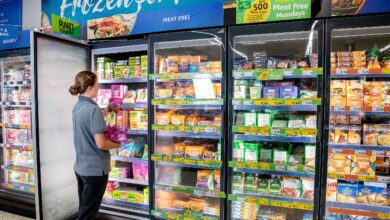Turn the tide in your favour
Duncan Howe, ecommerce strategist at Cheil UK, explains how content and messaging can help retailers stay afloat during online surges

When customers went to buy groceries online after the latest national lockdown was announced on 4 January, they were met with a sense of deja vu. Surges in traffic to popular grocers like Sainsbury’s and Tesco meant that many customers couldn’t access websites and apps to place food orders and select delivery slots.






